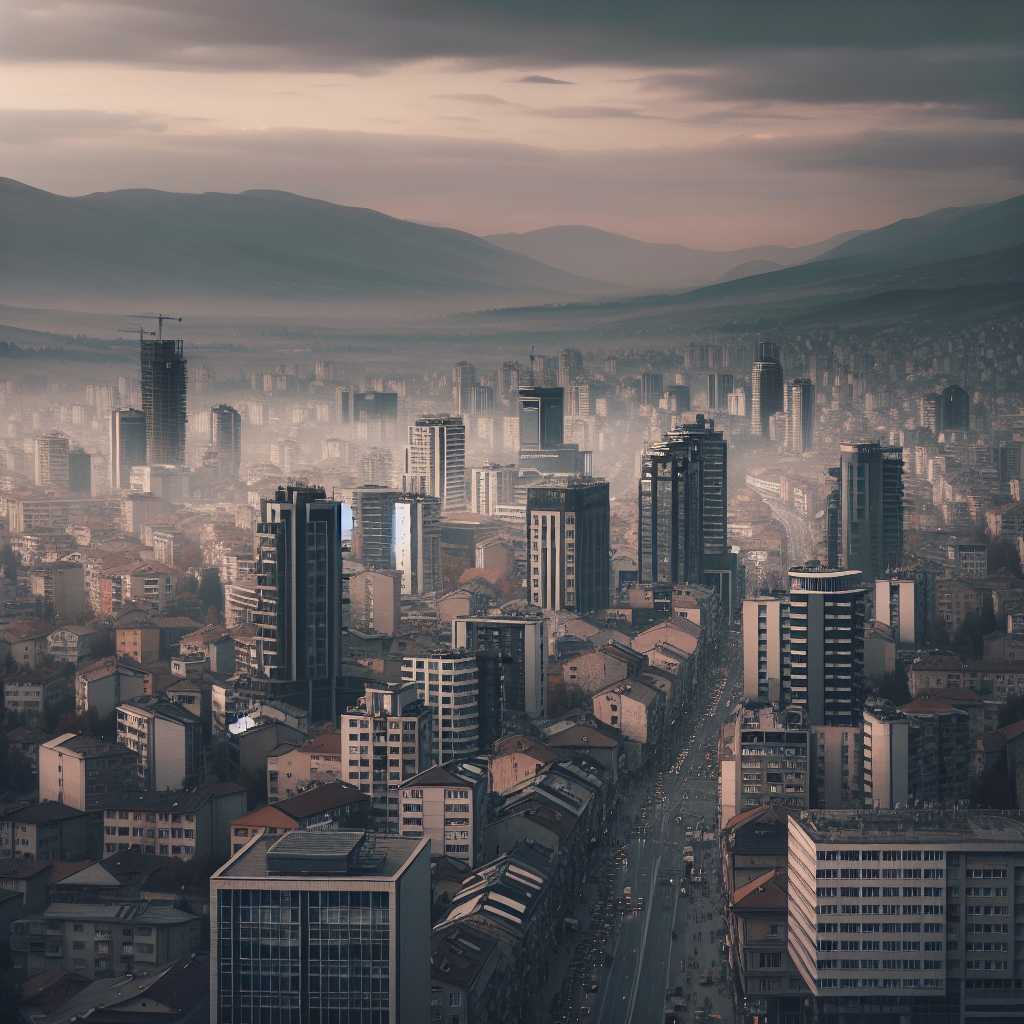Understanding Kosovo: Its History, Struggle for Independence, and Contemporary Challenges
Kosovo, a region located in the Balkan Peninsula with a rich history and complex present-day political status, attracts continuous international attention. This article aims to unpack the milestones that have shaped Kosovo’s identity, its struggle for independence, and the various dynamics that influence its current political and social landscape.
The Historical Tapestry of Kosovo
Kosovo’s history is remarkably diverse and marked by various cultural and political influences. Historically, it has been a part of the Roman, Byzantine, Bulgarian, Serbian, and Ottoman empires, each leaving a perceptible imprint on its cultural fabric.
The Ottoman Legacy and Formation of Ethnic Identity
Under Ottomans rule that began in the 15th century, most of the Balkan territories, including Kosovo, witnessed significant social and cultural changes. The adoption of Islam by many Albanians and some Slavic populations in Kosovo contrasts with the Christian Orthodox Serbian minority. These religious distinctions have historically been a source of tension and ethnic delineation.
The 20th Century Upheavals: Wars and Sociopolitical Shifts
Kosovo’s experience in the 20th century was tumultuous. From the Balkan Wars to the World Wars, shifting alliances dramatically reshaped the region’s political map. After World War II, Yugoslavia was recreated under Socialist Josip Broz Tito as a federal entity composed of various socialist republics, one of which was Serbia that included Kosovo as an autonomous region. This period also saw demographic shifts, including an increasing Albanian majority within Kosovo.
Tensions Leading to the Kosovo War
In the later part of the 20th century, growing tensions between ethnic Albanians seeking greater autonomy and Serb authorities resulted in civil unrest and severe oppression. The escalation of these tensions led to a conflict known as the Kosovo War (1998-1999), involving Yugoslav forces and Kosovar Albanian rebels.
The NATO Intervention and Aftermath
As reports of mass atrocities committed by Yugoslav forces against Albanian civilians gained international attention, the North Atlantic Treaty Organization (NATO) intervened militarily in 1999. This intervention led to the withdrawal of Yugoslav troops and the establishment of a United Nations administration in Kosovo.
The Declaration of Independence and International Recognition
On February 17, 2008, Kosovo unilaterally declared its independence from Serbia. While over 100 countries recognseize Kosovo as an independent state, including the United States and most European Union members, others including China, Russia, and notably Serbia itself do not.
Contemporary Governance and Relations with Serbia
The current governance system in Kosovo is that of a parliamentary republic with strong ties to western institutions such as NATO and the EU. Its relationship with Serbia remains strained due to Serbia’s non-recognition of its independence.
#### Economic Challenges and Development ####
Like many post-conflict areas, Kosovo faces economic difficulties such as a high unemployment rate, particularly among youth and marginalized groups. Despite these challenges, there is ongoing development in infrastructure and efforts to attract foreign investment.
Kosovo’s Path Towards European Integration
Kosovo has EU aspirations but must address numerous conditions to move towards closer European integration. These conditions include strengthening democratic institutions, ensuring minority rights protection, combating corruption, and improving regional relations.
Cultural Richness and Diversity
While struggles often underscore discussions about Kosovo, it is equally important to recognize its cultural richness with art, music, and traditions shaped by various historic influences merging European and Ottoman legacies.
Notes
Image description: A panoramic view overlooking Prishtina, the capital city of Kosovo. The image captures modern buildings juxtaposed with older architectural styles underneath a hazy sky. A slight silhouette of mountains is flanked on one side while traffic veins through arterials of the bustling city below.
